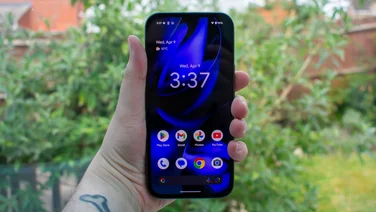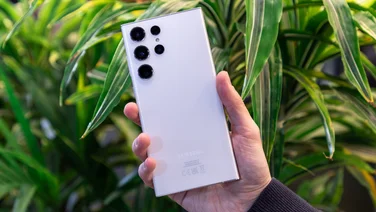To help us provide you with free impartial advice, we may earn a commission if you buy through links on our site. Learn more
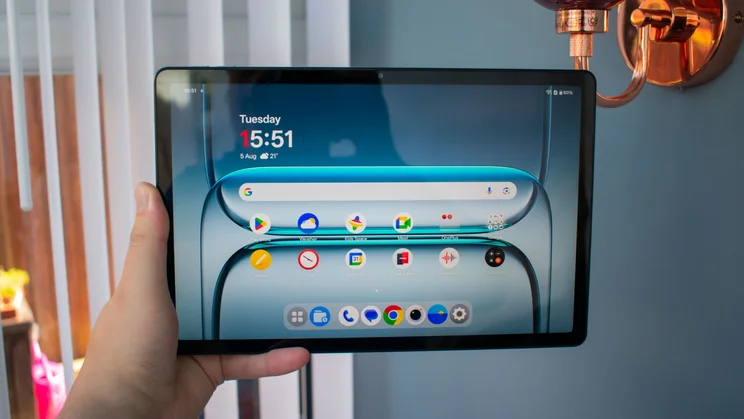
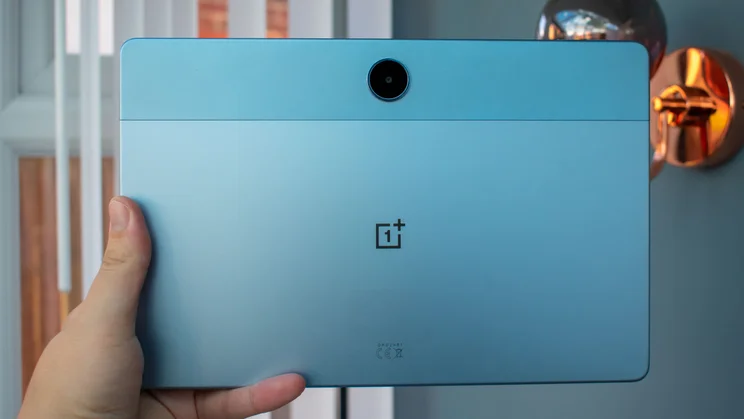
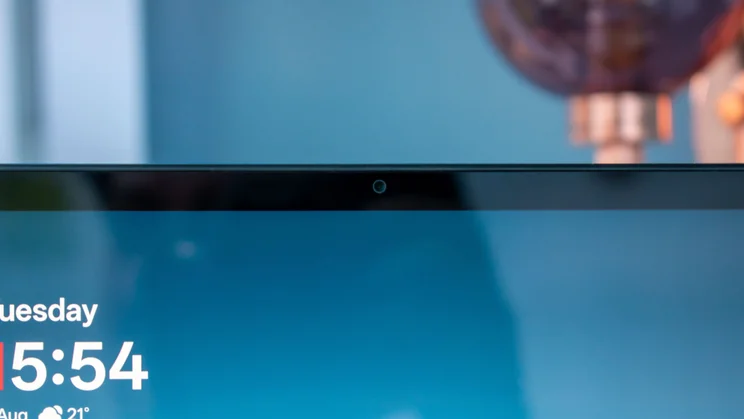
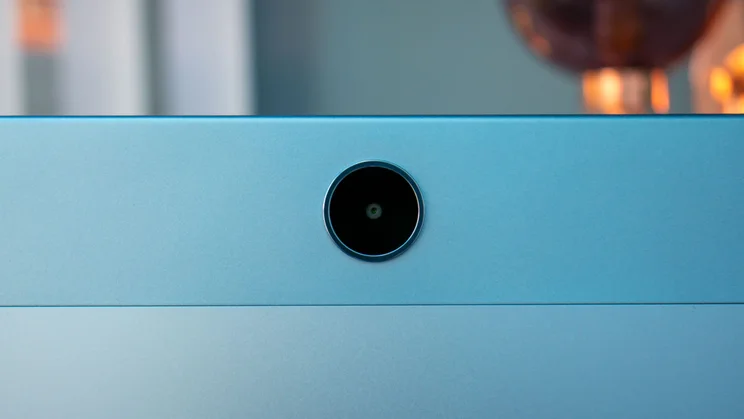
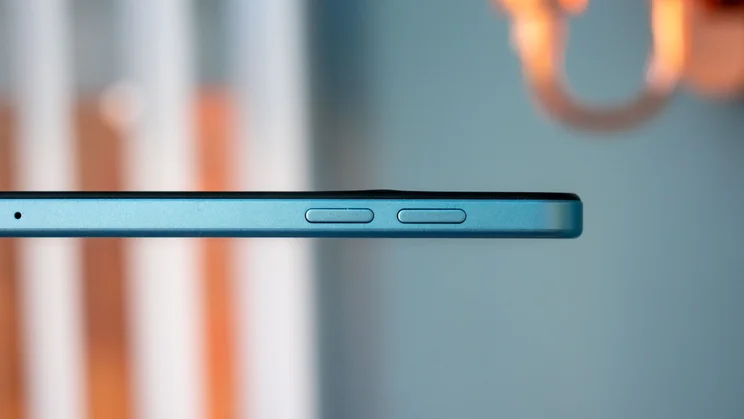
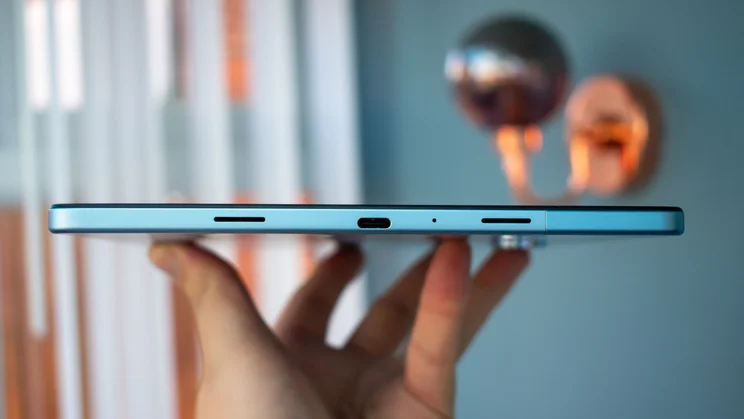
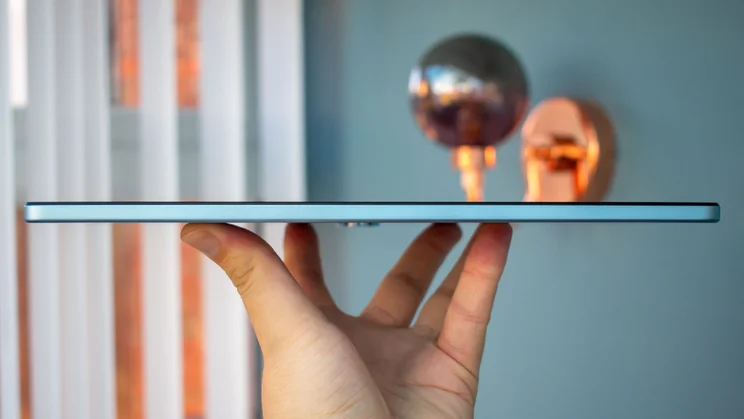
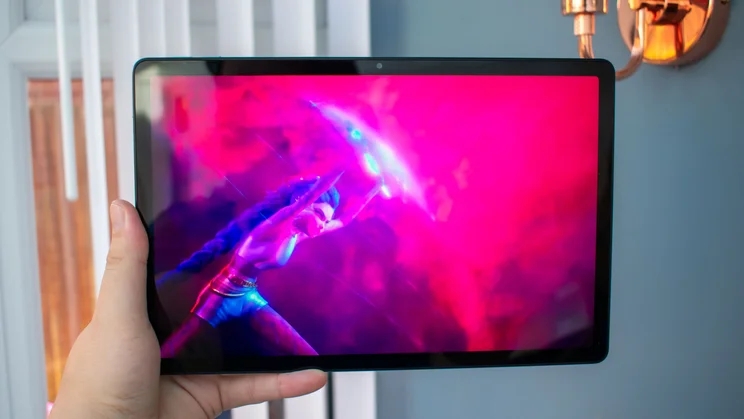

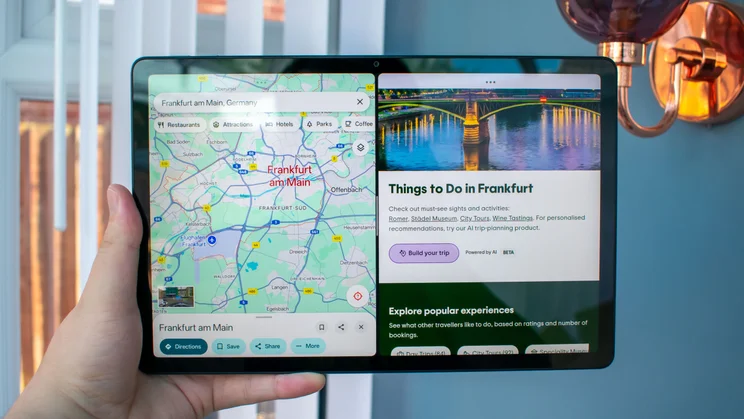
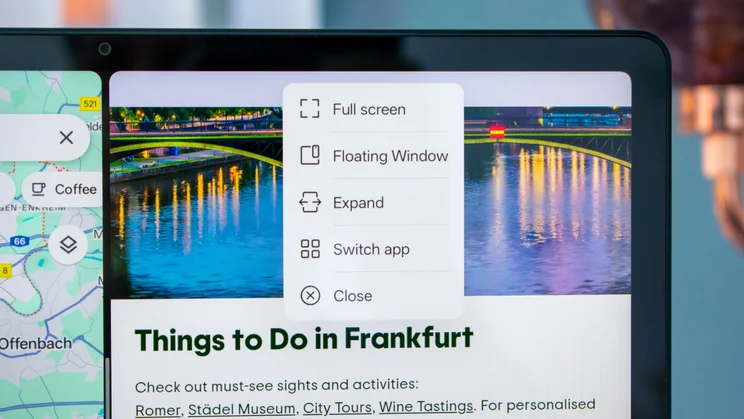
- Great display for streaming
- Clear and powerful quad-speakers
- Sturdy all-metal build
- Heavier than average
- No microSD card slot
- No stylus support
The OnePlus Pad Lite is a rare breed. Every year, we see more tablets muscling in on the iPad’s turf, but few brands attempt to dramatically undercut Apple on price and offer a simple streaming device for less than £200.
It’s not a laptop replacement (nor is it trying to be), and I’d prefer it if it were just a little lighter for better portability, but overall, the OnePlus Pad Lite succeeds in what it sets out to do. The display is bright and colourful enough, the speakers have a decent kick to them, and the build quality is a step above what we usually see for this price. You won’t want to do much on it beyond streaming, but for that, it’s a bargain.
OnePlus Pad Lite: What do you get for the money?
The OnePlus Pad Lite starts at £199 for the model with 6GB of RAM and Wi-Fi connectivity only, while the LTE variant with 8GB of RAM costs £229. Both are available on introductory offers at the time of writing; the Wi-Fi version is down to just £169, while the LTE model costs £199.











There’s not much in the way of serious competition in this price range. The entry-level 11in iPad (A16, 2025) starts at £309 for the 128GB model, while my favourite Android alternative, the Honor Pad 10, is £300 for the sole 256GB version.
There’s much less competition under £200. Amazon has a couple of Fire tablets in this territory, with the Fire Max 11 starting at £250 for the 64GB model and the Fire HD 10 (2023) costing £180 for the 64GB version. Then we have the TCL NXTPAPER 11 and Nokia T21, which aren’t as well-rounded as the Pad Lite but are cheaper at £159 and £146, respectively.
Where most of these are made of cheap-feeling plastic, the OnePlus Pad Lite has an all-aluminium build. It’s relatively slim, measuring 255 x 7.4 x 167mm (WDH), and looks and feels far more premium than most of the competition we see in this price range. The subtle two-tone Aero Blue style makes a nice change from the sea of black plastic and gunmetal grey. The only catch is that it’s a little heavier than average, weighing 530g.











Sitting on that metal frame is an 11in IPS LCD panel with a resolution of 1,920 x 1,200 and a peak refresh rate of 90Hz. There’s a 5-megapixel front-facing camera set into one of the long bezels, for selfies, video calls and face unlocking, and a matching lens nestled in a circular camera housing on the rear.
Inside, we have a 2.2GHz MediaTek Helio G100 processor, backed by either 6GB or 8GB of RAM (depending on the version you choose) and 128GB of internal storage. The battery is a 9,340mAh cell, and wired charging can reach up to 33W with compatible chargers.











The software is OnePlus’ OxygenOS 15, based on Android 15. There are useful productivity features here, including split-screen, floating windows, screen mirroring from OnePlus phones and easy quick sharing with other Android or Apple devices. Software support is decent, too, with OnePlus pledging four years of OS updates and six years of security patches.
There’s only one accessory at the time of writing, with a simple folio case launching alongside the tablet for £35. It’s a shame that the Stylo 2 stylus isn’t supported, as I found it to be a great little scribbler on the OnePlus Pad 2 and Pad 3.
What did we like about it?
For what it’s trying to be, the impressive sturdiness of the build outweighs (so to speak) the downside of it being a little heavier. I’ve tested tablets around this price that feel flimsy at best, with plastic that creaks if you pick them up the wrong way. By comparison, the unibody aluminium chassis here is solid as a rock and can happily survive being chucked in a bag for your morning commute.











It’s also rated IP42 for dust and water resistance. Official IP ratings are fairly rare on tablets, especially at this price, so this is very good to see. It’s not the most robust rating, certifying the tablet as protected against ingress from particles over 1mm in diameter and falling droplets of water at an angle up to 15°. Still, it’s more than we usually see.
Otherwise, the most attractive feature is the display. The 11in screen has a 16:10 ratio, making it particularly well-suited to streaming films and TV shows. By comparison, the 4:3 iPad results in thicker black bars at the top and bottom when streaming 16:9 content.
OnePlus states the display’s brightness as 500 nits, and my testing confirmed that figure; it hit exactly 500cd/m2 on both manual brightness and adaptive mode with a torch shining on the light sensor. Even more impressive were the contrast and black levels that I measured, with the results of 1,925.6:1 and 0.26cd/m2 being stronger than some tablets that cost four times this much.











There’s only one colour profile – with customisation limited to cycling the temperature between warm, default and cool – but it’s decent enough for the use case here. Using a colourimeter, I measured an sRGB gamut coverage of 90.4%, with a volume of 96.9%, which is fine for this price. The average Delta E colour variance score of 2.35 is a fair way from our target value of 1 or under, but it’s not incongruent enough to make colours look weird or out of place.
In fact, colours still look fantastic. I loaded up KPop Demon Hunters on Netflix, and the dynamic animations popped beautifully in vibrant shades of pink and blue during every frantic action sequence.











The numerous musical numbers were well-served by the quad-speakers, too. They get decently loud and create a solid sound bubble in front of the tablet that’s suitably immersive. Even at the highest volume, fidelity is decent, with the highest notes of the K-pop bangers coming through crisply and without distortion.
Battery life is good enough to allow you to stream full movies on the go, as well. In our standard looping video test, the Pad Lite lasted for 16hrs 49mins, which is on the better end of the tablet stamina bell curve. The Amazon devices lasted a little longer, but otherwise, the Pad Lite is one of the best in this price range for stamina.
Charging only hits 33W with a compatible OnePlus charger, but charging speeds are fine if you’re using one from another brand. I used a 125W Motorola charger and saw speeds reaching up to 25W, so minimal difference. It charged at roughly 1% per minute, so 50 minutes got the battery halfway and a full charge took around 1hr 40mins.
What could be improved?
The first couple of points here have a big asterisk next to them. It’s not that they’re bad, per se, but more so that they’re simply not what the tablet is designed for.
First of all, despite performing a little better than rivals in the GFXBench GPU tests, the OnePlus Pad Lite is not a gaming tablet. I pushed it with Asphalt 9: Legends and, while it wasn’t completely unplayable, it was very juddery and textures were massively scaled down. Simple fare like Candy Crush will run fine, but anything more heavy-duty needs more power than the Pad Lite can muster.
Similarly, general performance is solid enough, with the 90Hz refresh rate keeping scrolling and hopping between apps relatively smooth, but I don’t know how useful the multitasking features really are with this kind of CPU speed.
As you can see below, the Pad Lite delivered reasonable results in the Geekbench 5 CPU tests, but that slows down when you open two apps side-by-side, and throwing a third in there will do nothing to improve things. In short, this simply isn’t intended to be a productivity machine, so these features feel tacked-on at best.
Otherwise, my criticisms are a collection of niggles. As mentioned above, the tablet is heavier than its rivals. The Amazon Fire Max 11, for instance, also has an aluminium frame but is 40g lighter.
The lack of stylus support is also disappointing, especially as most rivals include this. Similarly, a microSD card slot would have been great – both the Fire Max 11 and TCL NXTPAPER 11 include one.











Finally, the Kids Mode is good in theory, with age-appropriate apps, videos and books for your children to enjoy, and parental controls for you to keep an eye on everything, but I don’t think that the hardware is as child-friendly as the software.
The Pad Lite is a half-kilogram hunk of metal, after all; not something you want being accidentally dropped on tiny toes. I’d sooner stick with the Amazon Fire HD 10 Kids – it costs the same £200 (albeit with only 32GB of storage), is quite a bit lighter and comes with a kid-friendly case in a fun range of colours.
Should you buy the OnePlus Pad Lite?
If you’re looking for a versatile tablet that can double as a laptop replacement, this is not it. I’d recommend picking up the Honor Pad 10, instead: it’s more expensive at £300, but that also gets you the keyboard case and stylus thrown (at the time of writing), so it’s a bargain price for the whole bundle.
If you don’t need the productivity features, however, there’s no need to spend that much. The OnePlus Pad Lite isn’t trying to replace your laptop; it just wants to be a solid screen for streaming on the go. And it fulfils that role very well. The display is bright and punchy, the build is wonderfully robust, and battery life is some of the best around.
For a second, third or fourth screen to have in your arsenal for dedicated portable streaming, the OnePlus Pad Lite is an excellent choice.


